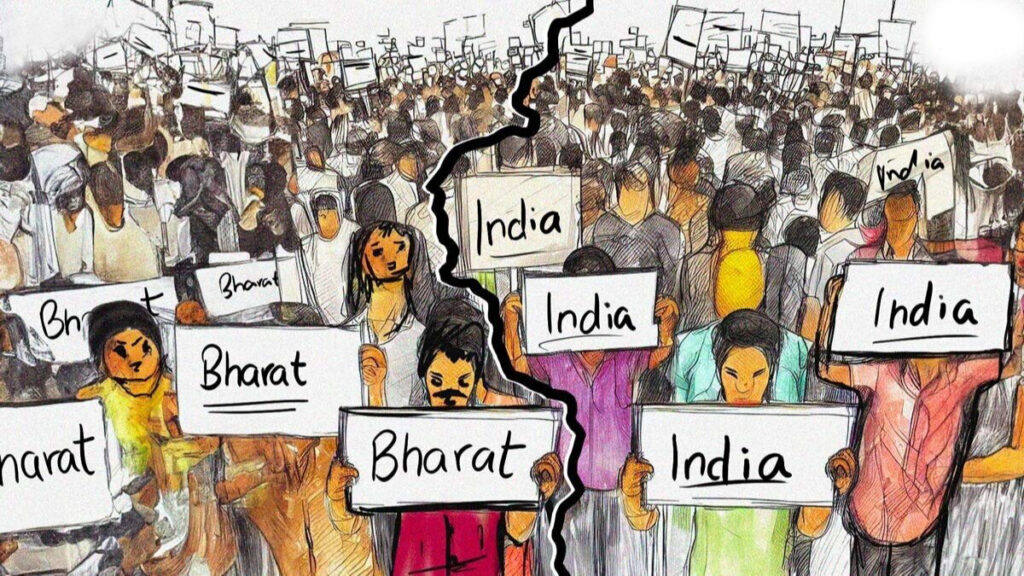Introduction – India as Bharat
India, often affectionately referred to as “Bharat,” is a land of incredible diversity and cultural richness. This South Asian nation is unique in that it carries two names, each with its own historical and cultural significance. In this blog, we will delve into the dual identity of India as “Bharat” and explore the fascinating interplay between these two names in the country’s history, culture, and modern identity.

Bharat: An Ancient Legacy
The name “Bharat” finds its roots in ancient Indian mythology and history. According to Hindu mythology, Bharat was the name of an ancient king and the son of King Dushyanta and Queen Shakuntala, as depicted in the epic Mahabharata. This legendary figure represents the essence of India’s deep-rooted cultural and historical heritage.
India: A Colonial Legacy
On the other hand, “India” is a name with colonial origins. British colonial rulers gives to the subcontinent by during their occupation. This name has been used for centuries and continues to be widely recognized internationally.
The Contemporary Duality
In contemporary times, India officially recognizes both “Bharat” and “India” as its names. Article 1 of the Indian Constitution states, “India, that is Bharat, shall be a Union of States.” This acknowledgment of both names reflects the nation’s commitment to honoring its rich history while embracing its global identity.
Cultural Significance
“Bharat” and “India” is reflected in its culture and traditions. Many classical Indian art forms, such as Bharatanatyam and Hindustani music, carry the name “Bharat” in their titles, highlighting the cultural connection to the ancient name. Meanwhile, in more contemporary contexts, especially in international relations and trade, “India” frequently takes center stage.
Unity in Diversity
This dual nomenclature encapsulates the essence of India’s unity in diversity. The country is a mosaic of languages, religions, and cultures, and both names serve as a reminder of this extraordinary diversity. It’s a place where ancient traditions coexist harmoniously with the modern world, and where history and progress intertwine.
Conclusion
India as “Bharat” and “India” represents the fusion of ancient wisdom and modern aspirations. This dual identity is a testament to the country’s ability to preserve its rich heritage while embracing the challenges of the present and future. Whether you refer to it as “Bharat” or “India,” the heart of this nation beats with the rhythm of its people, their stories, and their dreams.
In a world that celebrates diversity, India as “Bharat” and “India” stands as a shining example of how a nation can carry multiple names, each with its own significance, and still remain united in its essence.

